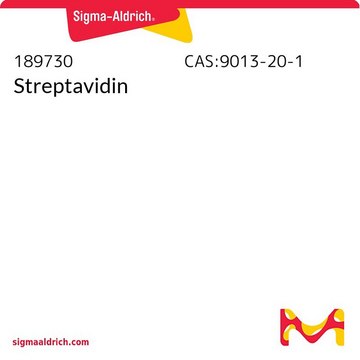QBD10773
dPEG®24-biotin acid
>95% (HPLC)
Sinônimo(s):
Biotin-PEG-acid, Biotin-PEG24-COOH, PEG1000 biotin acid, PEG24-biotin acid
About This Item
Produtos recomendados
Ensaio
>95% (HPLC)
forma
solid or viscous liquid
adequação da reação
reaction type: Biotinylations
reaction type: Pegylations
arquitetura do polímero
shape: linear
functionality: monofunctional
Condições de expedição
ambient
temperatura de armazenamento
−20°C
Características e benefícios
Automate your Biotin tagging with Synple Automated Synthesis Platform (SYNPLE-SC002)
Informações legais
Código de classe de armazenamento
11 - Combustible Solids
Classe de risco de água (WGK)
WGK 3
Ponto de fulgor (°F)
Not applicable
Ponto de fulgor (°C)
Not applicable
Escolha uma das versões mais recentes:
Certificados de análise (COA)
Lamentamos, não temos COA para este produto disponíveis online no momento.
Se precisar de ajuda, entre em contato Atendimento ao cliente
Já possui este produto?
Encontre a documentação dos produtos que você adquiriu recentemente na biblioteca de documentos.
Nossa equipe de cientistas tem experiência em todas as áreas de pesquisa, incluindo Life Sciences, ciência de materiais, síntese química, cromatografia, química analítica e muitas outras.
Entre em contato com a assistência técnica

![O-[2-(Biotinyl-amino)ethyl]-O′-(2-carboxyethyl)polyethylene glycol Mp 3,000](/deepweb/assets/sigmaaldrich/product/structures/285/242/a1e6e88b-5b7d-43b5-9bb0-18dcbfdccf43/640/a1e6e88b-5b7d-43b5-9bb0-18dcbfdccf43.png)






